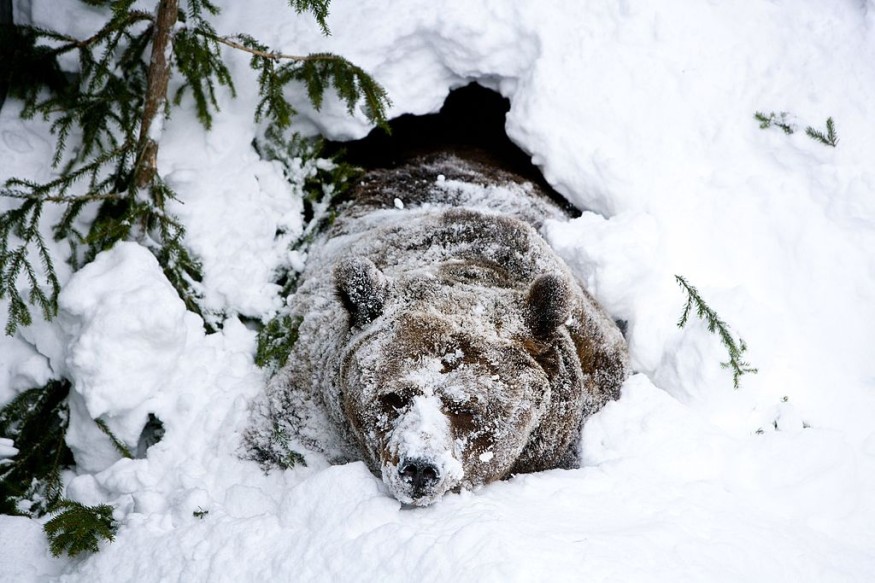Freezing temperatures have been familiar for various animal species.
Being considered an external threat, warm-blooded animals have been studied and believed to be conducting only one of the three cold-survival strategies: torpor, resistance, or seasonal migration.
However, a new study discovered that animals do not use these strategies in a linear fashion, acknowledging while contradicting that most biologists in the past have only treated these methods in isolation.
Instead, the study claimed that these methods can be employed flexibly, increasing a particular cold-survival strategy while decreasing others or immediately switching back and forth depending on the magnitude of cold temperatures.
Extreme Temperatures

In general, animals have remarkable adaptive abilities when it comes to living, even in the most hostile environments.
In terms of extreme temperatures, both warm-blooded and cold-blooded animals survive mainly by regulating their body temperature, according to the American Chemical Society (ACS).
The organization mentioned warm-blooded animals like birds and mammals only need to maintain a relative, constant internal temperature.
The ACS emphasized that external temperatures do not matter as long as the affected animal either maintains the necessary temperature from the external environment.
As an exception, the group said cold-blooded animals require less energy to survive than warm-blooded animals.
For the former, they only need external heat if they want to trigger their metabolism since there are certain temperatures where this biological process would not work.
Cold-Survival Strategies
The new study has focused on warm-bloodedness, which itself is reportedly a cold-resistance strategy being utilized by birds and mammals.
In addition, these animals were discovered to have the capability to navigate among the mentioned cold-survival strategies, as cited by Phys.org.
These strategies are the following:
- Torpor - a biological state of decreased physiological activity, characterized by reduced body temperature and metabolic rate. The most known types of torpor are dormancy and hibernation. Warm-blooded animals commonly hibernate to survive the winter season.
- Resistance - unlike migrating animal, some members of an animal species reportedly prefers to remain in their habitat and resist the cold.
- Seasonal migration - this strategy is notably one of the most dynamic and mobile strategies against freezing temperatures. Described as the long-distance movement from one place to another, seasonal migration aims to evade cold weather and seek a region with warmer temperatures.
Call for Framework
In the new paper published in the Biology Letters on Wednesday, May 4, Giorgia Auteri, from the University of Michigan - Department of Ecology and Evolutionary Biology and the study's author, proposed a framework for conceptualizing and quantifying cold-survival strategies.
Similar to a three-dimension (3D) formula or a theoretical framework, Auteri wanted the scientific community, especially biologists, to treat these strategies in a spectrum rather than separately or in a simple dimensional plane.
In this way, scientists may be able to understand and map a narrative on how either each animal species or other members in the taxonomical hierarchal order adapt to cold or freezing temperatures, including the ones posed by climate change.
The relevance of the study comes as climate change continues to affect the frequency and timing of weather patterns worldwide, with the current seasons at risk of being changed in the foreseeable future.
Related Article: Winter Safety 101: Practical Tips to Help You Survive a Blizzard
© 2025 NatureWorldNews.com All rights reserved. Do not reproduce without permission.





